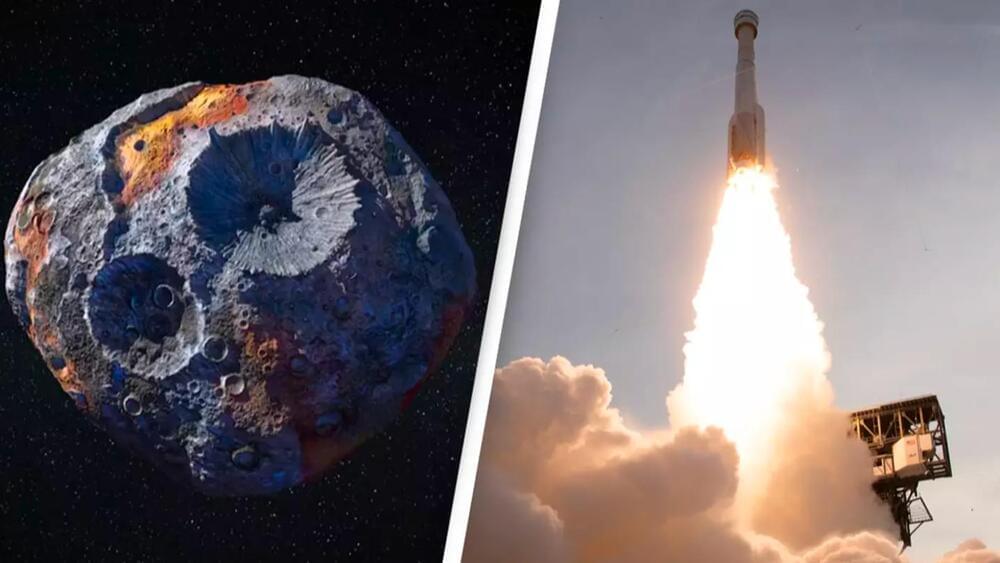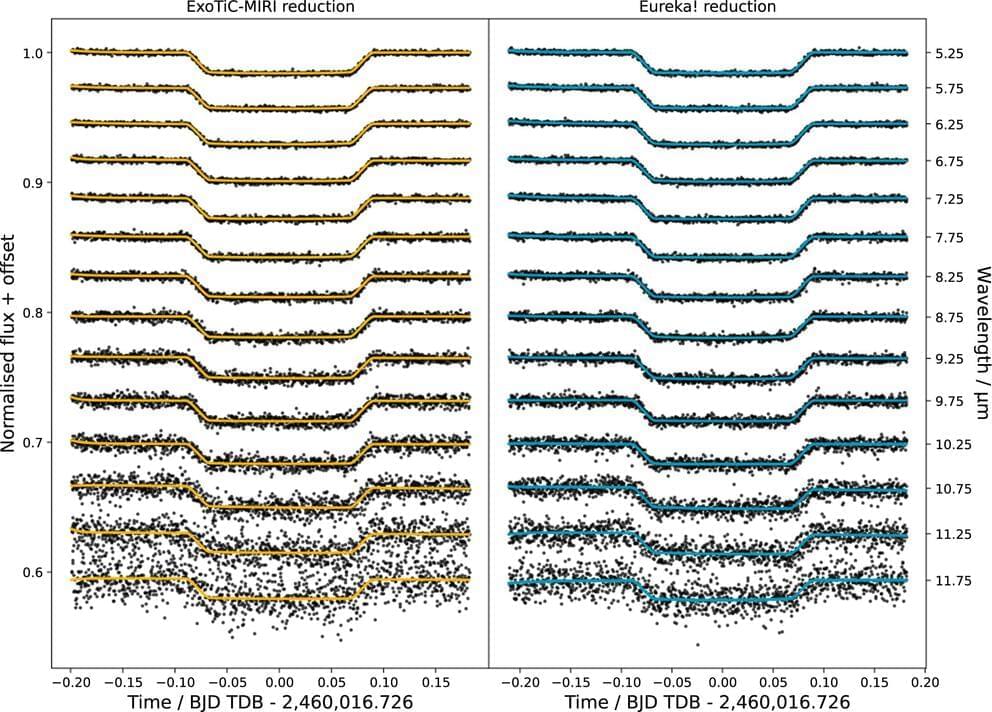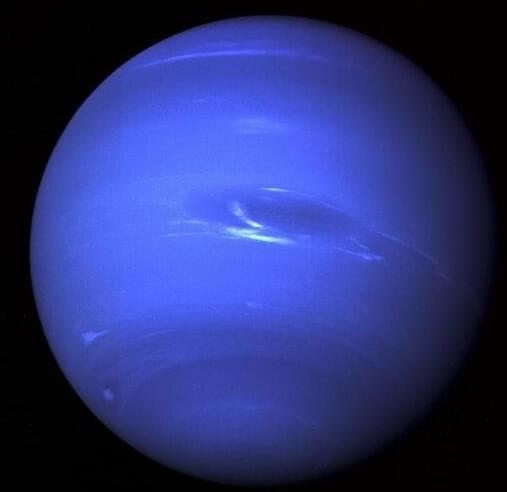From the billionaire VC’s hot takes: Slowing AI innovation will kill people, and universal basic income will turn us into zoo animals.


Humanity is a type 0 civilization. Here’s what types 1, 2, and 3 look like, according to physicist Michio Kaku.
Is anybody out there? Renowned physicist Michio Kaku discusses we could identify and categorize advanced extraterrestrial civilizations.
According to Kaku, while recognizing intelligence in space is challenging, Quantum computers may be able to help sift through data for signals of intelligence, similarly to how we analyze patterns in dolphin communication.
Go Deeper with Big Think:
►Become a Big Think Member.
Get exclusive access to full interviews, early access to new releases, Big Think merch and more. https://members.bigthink.com/?utm_source=youtube&utm_medium=…escription.


The digital realm, while offering boundless possibilities, is also a fertile ground for myriad cybersecurity threats. One such peril that has recently come to light is the User-After-Free vulnerability in Google Chrome, specifically identified as CVE-2023–5218. This vulnerability not only poses a significant threat to user data and system integrity but also opens a Pandora’s box of potential cyber-attacks and exploitations.
The User-After-Free vulnerability is a type of cybersecurity flaw that surfaces when a program continues to utilize memory space after it has been freed or deleted. This flaw allows attackers to execute arbitrary code or potentially gain unauthorized access to a system. CVE-2023–5218, identified within Google Chrome, was noted to be potentially exploitable to perform such malicious actions, thereby putting users’ data and privacy at substantial risk.
CVE-2023–5218 was unveiled to the public through various cybersecurity platforms and researchers who detected unusual activities and potential exploitation trails leading back to this particular flaw. This vulnerability was identified to be present in a specific Chrome component, prompting Google to release a flurry of updates and patches to mitigate the associated risks.

Researchers using NASA’s James Webb Space Telescope have detected evidence for quartz nanocrystals in the high-altitude clouds of WASP-17 b, a hot Jupiter exoplanet 1,300 light-years from Earth.
The detection, which was uniquely possible with MIRI (Webb’s Mid-Infrared Instrument), marks the first time that silica (SiO2) particles have been spotted in an exoplanet atmosphere.
The quartz crystals are only about 10 nanometers across, so small that 10,000 could fit side-by-side across a human hair. Their size and composition of pure silica were reported in “JWST-TST DREAMS: Quartz Clouds in the Atmosphere of WASP-17b,” published in Astrophysical Journal Letters.

The new book Minding the Brain from Discovery Institute Press is an anthology of 25 renowned philosophers, scientists, and mathematicians who seek to address that question. Materialism shouldn’t be the only option for how we think about ourselves or the universe at large. Contributor Angus Menuge, a philosopher from Concordia University Wisconsin, writes.
Neuroscience in particular has implicitly dualist commitments, because the correlation of brain states with mental states would be a waste of time if we did not have independent evidence that these mental states existed. It would make no sense, for example, to investigate the neural correlates of pain if we did not have independent evidence of the existence of pain from the subjective experience of what it is like to be in pain. This evidence, though, is not scientific evidence: it depends on introspection (the self becomes aware of its own thoughts and experiences), which again assumes the existence of mental subjects. Further, Richard Swinburne has argued that scientific attempts to show that mental states are epiphenomenal are self-refuting, since they require that mental states reliably cause our reports of being in those states. The idea, therefore, that science has somehow shown the irrelevance of the mind to explaining behavior is seriously confused.
The AI optimists can’t get away from the problem of consciousness. Nor can they ignore the unique capacity of human beings to reflect back on themselves and ask questions that are peripheral to their survival needs. Functions like that can’t be defined algorithmically or by a materialistic conception of the human person. To counter the idea that computers can be conscious, we must cultivate an understanding of what it means to be human. Then maybe all the technology humans create will find a more modest, realistic place in our lives.
Strategic defense initiative.
Around planets that have a magnetosphere, something magical happens.
If you listen with the right instruments, you can hear chirping and whistling, almost like the singing of birds at dawn and dusk. These so-called chorus waves have been recorded at Earth, and Jupiter, and Saturn; and observed at Uranus and Neptune.
Now, led by astronomer Mitsunori Ozaki of Kanazawa University, scientists from Japan and France have detected them whistling around Mercury, barren and alone as it skirts the Sun.

Super ionic water ice 18 ice 19… proven to withstand temperatures many thousands degrees Fahrenheit in the lab is believed to be present in planets like Uranus and Neptune and contributes to the generation of Wonky, multi-polar magnetic fields…
Odd things happen inside planets, where familiar materials are subjected to extreme pressures and heat.
Iron atoms probably dance within Earth’s solid inner core, and hot, black, heavy ice – that’s both solid and liquid at the same time – likely forms within the water-rich gas giants, Uranus and Neptune.
Five years ago, scientists recreated this exotic ice, called superionic ice, for the first time in lab experiments; and four years ago they confirmed its existence and crystalline structure.

Eventually, maybe by the early 2040s, would like to see every large body in solar system, from the Sun out to Pluto to have a probe like the Cassini probe in a permanent orbit around it. So we have 24/7 live feed / study of all of them. And, ASI could run all of it by that point.
You know, the planet?